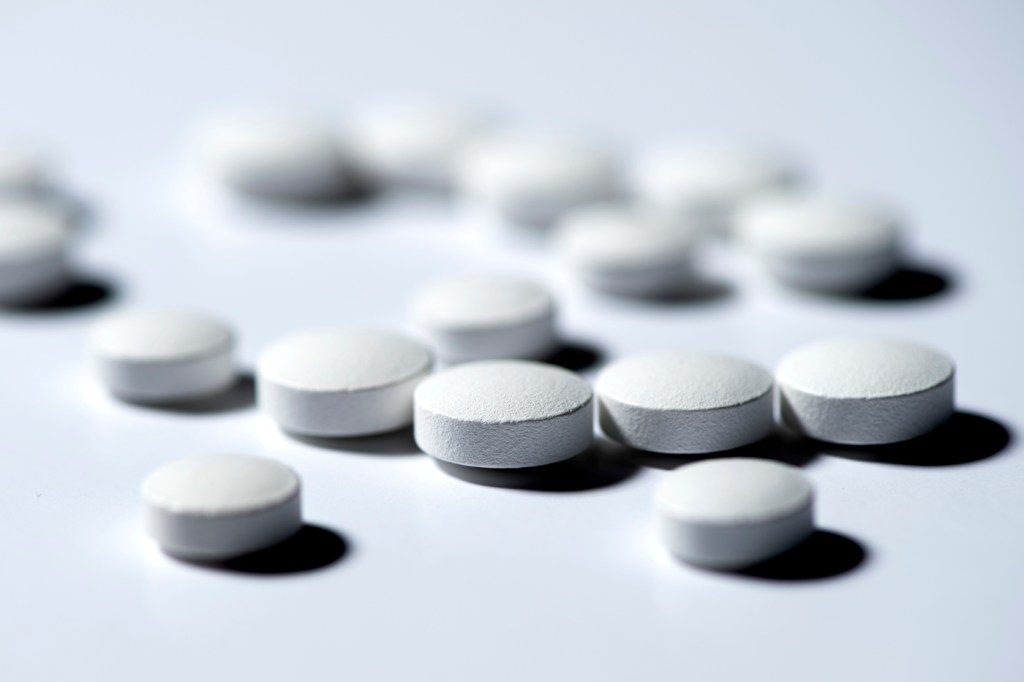Drug supply shortages have nothing to do with COVID-19

From delayed home improvement projects to the sudden scarcity of baby formula, supply chain shortages caused or exacerbated by the COVID-19 pandemic have become a common answer to why we currently cannot have something right away and at a sensible price. However, the baby formula shortage is just the most recent crisis that has exposed the systemic failures in American life-critical product supply chains, said Jacqueline Griffin and Özlem Ergun, Northeastern industrial engineers and researchers of supply chains resiliency.

“COVID was the disruption. The underlying problem is that we are working in a broken system that, in many cases, has very little information transparency and makes it very difficult to operate,” Griffin said. “We need to move from a perspective of thinking [that] this is COVID driven. Let’s get through this point, and instead start to think about broad systematic policy-level changes.”
The baby formula shortage has all the same key system features as the chronic drug supply shortages at the U.S. hospitals—a topic Griffin and Ergun have been researching for the last eight years. Both have a life-critical product at the center; a limited number of manufacturers and manufacturing sites; manufacturing quality concerns; and, most importantly, limited information sharing between supply chain stakeholders.
And one cannot blame hospital drug shortages on the COVID-19 pandemic—they have been going on for decades, Griffin said.
“When we talk to MGH [Massachusetts General Hospital] every week, there is a list of [scarce] products they talk to us about. It is not just one or two,” said Ergun, who is a member of a committee at the National Academies of Science, Engineering, and Medicine that is tasked with examining the security and resilience of the U.S. medical product supply chain.
“Given that it is a public health good, it is surprising how there is no awareness about it in the public,” Ergun said.
There are currently more than 100 drugs in short supply on the U.S. Food and Drug Administration’s list. Recent drug shortages that have garnered attention include a sterile saline solution shortage in 2017 and 2018 after Hurricane Maria hit Puerto Rico, where most of it was manufactured; and a heparin shortage in 2019 due to African swine fever killing pigs in China.
Both medicines are critical in the treatment of many patients. The sterile saline solution shortage put a months-long hold on many surgeries across the U.S., Griffin said. The shortage of heparin—which is derived from pigs and slows down blood clotting during open-heart surgery or blood transfusions— forced hospitals like MGH to substantially curb its use.
“I am impressed by the people that are on the frontlines trying to manage this,” Griffin said. “They truly go to extraordinary measures. And that is why there is not a broader discussion of it, because they do so much, but the system that they are working in is broken.”
Griffin said that the time hospitals will be able to continue managing drug shortages on their own is limited.
Ergun described drug supply chains as very disorganized environments, the disruption of which can lead to many different consequences that are mostly unseen by patients. They drive hospital costs up as more staff is required to manage a shortage and purchasing substitutes might be more expensive.
“And who really bears the burden of the cost? Is it the hospital, is it the insurance company, is it the patient?” Griffin said.
While hospitals scramble for substitute drugs, look for alternative producers, and try to compound supplies internally, further artificial shortages arise due to hoarding.
Some patients might also experience some negative effects after receiving a substitute, Griffin said.
To make supply chains more resilient, able to withstand disruptions and avoid public harm, the government needs to implement broad reforms, including enacting policies that regulate radical information sharing within the supply chain, Ergun and Griffin said.
A major problem is that nobody knows just how risky various supply chains are in terms of shortage probability, even for a Band-Aid, Ergun said, because the chains are very complex and involve several steps in multiple countries. For the last several decades, the focus was not on the risk but rather on costs.
“As a world, we have really focused on cost-savings on every single item,” Ergun said. “This led to supply chain policies that are cost-effective, just-in-time, with very little inventory kept at each step, and always going for the supplier or the producer with the lowest cost.”
Resiliency, however, comes at additional cost, though there isn’t a need to make all supply chains resilient all the time.
“First we have to understand risk, then we have to understand critical products, and then decide on the right level of resiliency we should build in a supply chain,” Ergun said.
She and Griffin argue that drug supply shortages should be approached by examining supply redundancies, correlated risks among manufacturers, historical quality records, and lack of available alternatives. With that information, the government can focus on enacting policies and regulations that ensure that the incentives for private manufacturers and public health and safety priorities are aligned.
There should also be warning systems put in place that measure and characterize the health of a supply system. Manufacturers should be required to do their own risk assessment and share information regarding their supply chain with at least one public agency.
“It is time to learn our lesson and start moving towards really having more information so that we can better understand what the current state of our resiliency is. And then start to look at what solutions are needed for different pharmaceutical products, and not try to just focus on broad stroke solutions,” Griffin said.
For media inquiries, please contact media@northeastern.edu.






